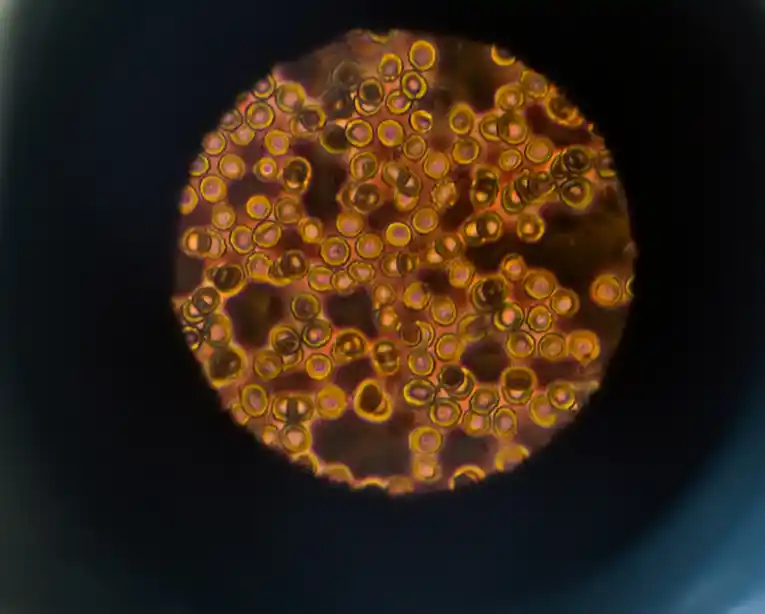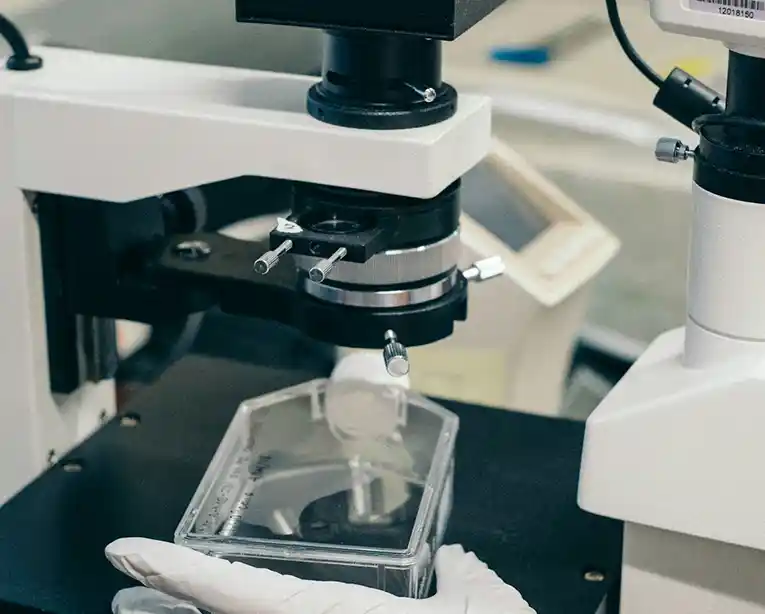Introduction
In the battle to preserve our planet’s precious ecosystems, understanding what species inhabit an area is critical. Traditional biodiversity monitoring methods, though effective, can be labor-intensive and invasive. Enter environmental DNA (eDNA)—a groundbreaking tool that allows us to uncover the hidden life in any ecosystem with just a water or soil sample.
A Window into the Invisible
Environmental DNA, or eDNA, refers to genetic material shed by organisms into their surroundings. Every living being leaves traces—whether through skin, hair, scales, or waste—that scientists can collect and analyze.


From Data Gaps to Clear Insights
eDNA monitoring is transforming conservation by offering insights that were previously unattainable. Here’s how:
- Speed: Sampling and analysis can occur within days, compared to weeks of fieldwork.
- Cost-effectiveness: A single water sample can yield data on multiple species.
- Early detection: Spot invasive species or diseases before they cause widespread harm.
Driving Innovation for Biodiversity Protection
Tarakimu is at the forefront of eDNA technology, applying it to monitor and protect critical habitats.
“With eDNA, we’re uncovering life in places where we thought it was lost. It’s a powerful reminder of nature’s resilience.”
– Dr. John Mwangi, Lead Scientist at Tarakimu
Conclusion
Environmental DNA is more than a tool—it’s a revolution in how we understand and protect biodiversity. With Tarakimu’s expertise and commitment, we’re leveraging this innovation to create a future where ecosystems thrive.






